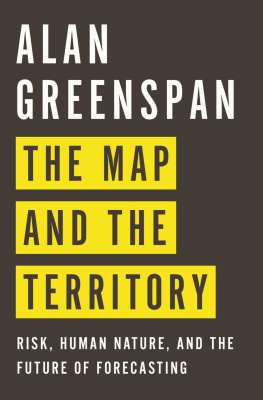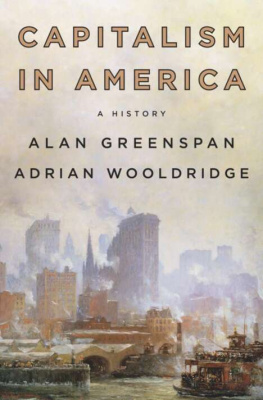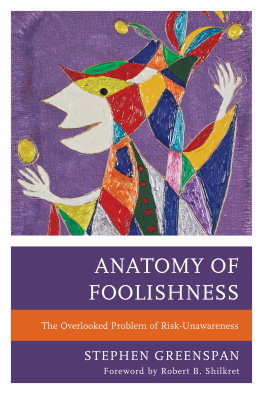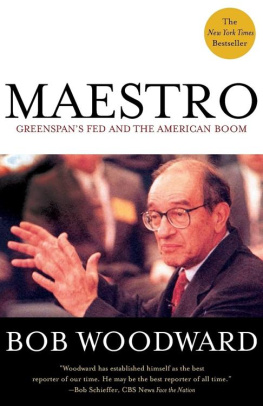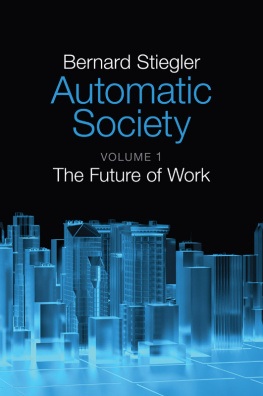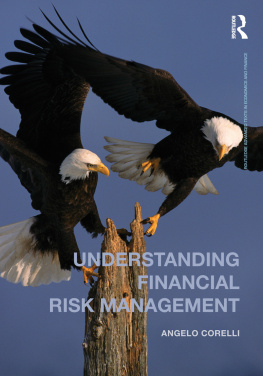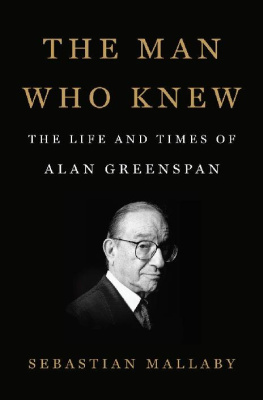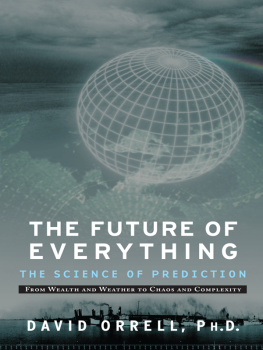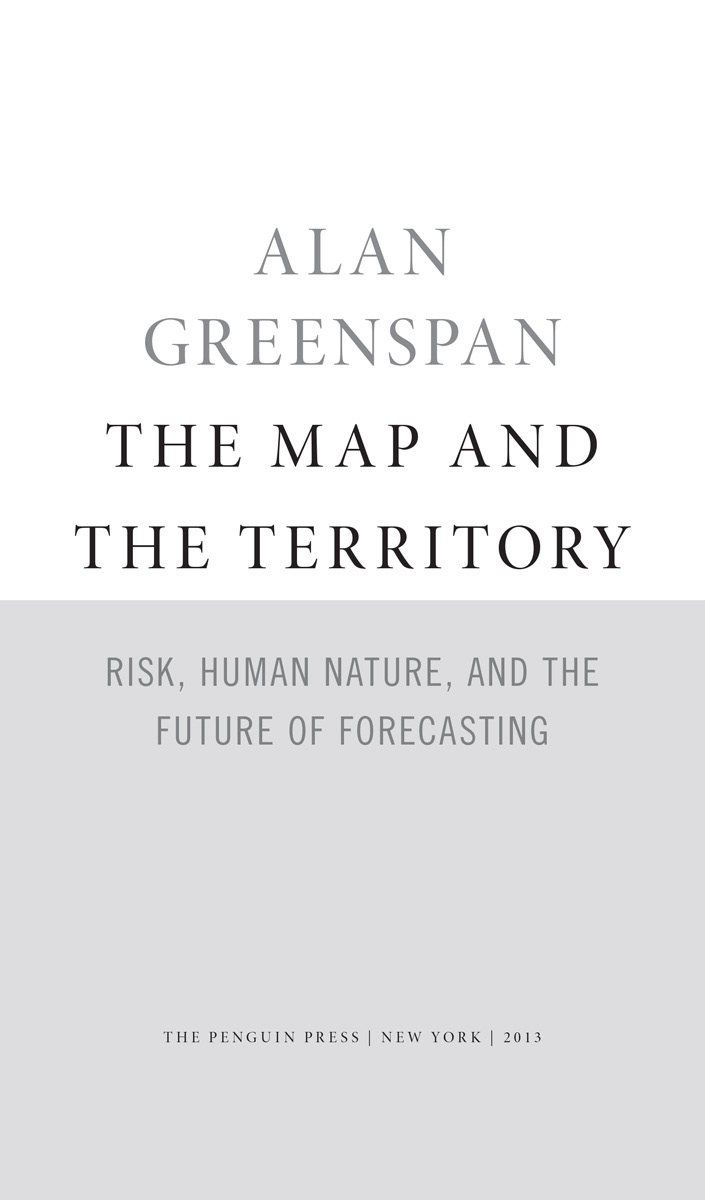Alan Greenspan - The Map and the Territory: Risk, Human Nature, and the Future of Forecasting
Here you can read online Alan Greenspan - The Map and the Territory: Risk, Human Nature, and the Future of Forecasting full text of the book (entire story) in english for free. Download pdf and epub, get meaning, cover and reviews about this ebook. year: 2013, publisher: Penguin Press HC, The, genre: Politics. Description of the work, (preface) as well as reviews are available. Best literature library LitArk.com created for fans of good reading and offers a wide selection of genres:
Romance novel
Science fiction
Adventure
Detective
Science
History
Home and family
Prose
Art
Politics
Computer
Non-fiction
Religion
Business
Children
Humor
Choose a favorite category and find really read worthwhile books. Enjoy immersion in the world of imagination, feel the emotions of the characters or learn something new for yourself, make an fascinating discovery.
- Book:The Map and the Territory: Risk, Human Nature, and the Future of Forecasting
- Author:
- Publisher:Penguin Press HC, The
- Genre:
- Year:2013
- Rating:3 / 5
- Favourites:Add to favourites
- Your mark:
The Map and the Territory: Risk, Human Nature, and the Future of Forecasting: summary, description and annotation
We offer to read an annotation, description, summary or preface (depends on what the author of the book "The Map and the Territory: Risk, Human Nature, and the Future of Forecasting" wrote himself). If you haven't found the necessary information about the book — write in the comments, we will try to find it.
Like all of us, though few so visibly, Alan Greenspan was forced by the financial crisis of 2008 to question some fundamental assumptions about risk management and economic forecasting. No one with any meaningful role in economic decision making in the world saw beforehand the storm for what it was. How had our models so utterly failed us?
To answer this question, Alan Greenspan embarked on a rigorous and far-reaching multiyear examination of how Homo economicus predicts the economic future, and how it can predict it better. Economic risk is a fact of life in every realm, from home to business to government at all levels. Whether were conscious of it or not, we make wagers on the future virtually every day, one way or another. Very often, however, were steering by out-of-date maps, when were not driven by factors entirely beyond our conscious control.
The Map and the Territory is nothing less than an effort to update our forecasting conceptual grid. It integrates the history of economic prediction, the new work of behavioral economists, and the fruits of the authors own remarkable career to offer a thrillingly lucid and empirically based grounding in what we can
know about economic forecasting and what we cant.The book explores how culture is and isnt destiny and probes what we can predict about the worlds biggest looming challenges, from debt and the reform of the welfare state to natural disasters in an age of global warming.
No map is the territory, but Greenspans approach, grounded in his trademark rigor, wisdom, and unprecedented context, ensures that this particular map will assist in safe journeys down many different roads, traveled by individuals, businesses, and the state.
Alan Greenspan: author's other books
Who wrote The Map and the Territory: Risk, Human Nature, and the Future of Forecasting? Find out the surname, the name of the author of the book and a list of all author's works by series.

